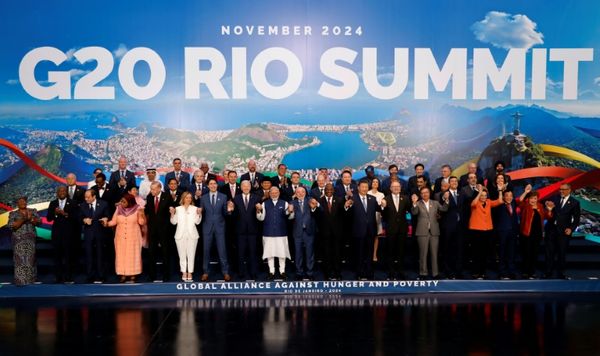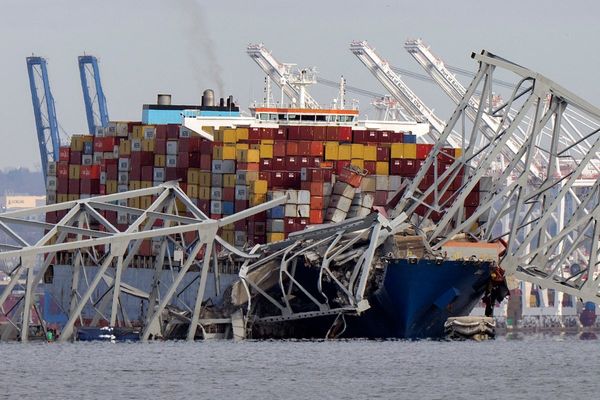
German Industrial Output Falls More Than Expected in December
In a recent setback for the German economy, industrial output recorded a steeper-than-expected decline in December. This unexpected fall raises concerns about the country's economic performance and its ability to regain its pre-pandemic strength.
According to a report from the Federal Statistics Office, industrial output, which includes manufacturing, mining, and energy sectors, tumbled by 1.6% in December compared to the previous month, after posting a modest gain of 0.2% in November. This decline was significantly worse than the economists' forecasts of a 0.1% decrease.
The disappointing figures can be attributed to a combination of factors. One of the main drivers for the contraction in industrial output was a drop in the production of capital goods, such as machinery and equipment, which fell by 2.5%. This decline suggests that businesses in Germany remain cautious about investing amid ongoing uncertainties caused by the COVID-19 pandemic.
Moreover, the construction sector also saw a significant decline in output, slumping by 4.9% in December. This drop can be partially attributed to the colder winter weather, which often slows down construction activities. Additionally, restrictions imposed to curb the spread of the virus have also hindered construction projects, leading to a further contraction in output.
The automotive industry, which is a crucial component of the German economy, also contributed to the decline in industrial output. The ongoing global semiconductor shortage has disrupted the production of vehicles, forcing many automakers to reduce their output. Consequently, the production of motor vehicles, trailers, and semi-trailers plummeted by 2.3% in December.
The concerning trend in industrial output is particularly alarming as it comes at a time when Germany is experiencing a second wave of COVID-19 infections, leading to renewed lockdown measures throughout the country. These restrictions, aimed at curbing the virus, have undoubtedly impacted economic activity and dampened business sentiment.
The setbacks in industrial output pose a challenge to Germany's economic recovery. The country's economy had already suffered a record contraction of 5% in 2020, the sharpest decline in GDP since the financial crisis. The fall in industrial output adds to the existing concerns regarding the country's economic outlook, as it highlights the fragile nature of the recovery process.
However, there is hope on the horizon. Germany, the largest economy in the European Union, has been rolling out its vaccination campaign to combat the spread of the virus. As vaccination rates increase and the effects of the vaccine become more apparent, business confidence may improve, leading to a potential recovery in industrial output.
Furthermore, the recently approved additional stimulus packages by the German government is expected to provide a boost to the economy. These measures include extended financial aid for businesses affected by the pandemic, as well as increased spending on infrastructure projects. The hope is that these initiatives will help stimulate economic activity and foster a faster recovery.
In conclusion, the unexpected decline in German industrial output for December highlights the challenges faced by the country's economy as it strives to recover from the impact of the COVID-19 pandemic. The contraction in output, particularly in sectors such as capital goods, construction, and automotive, underscores the cautious approach businesses are taking amid ongoing uncertainties. However, with the vaccination campaign underway and additional government support measures in place, there remains optimism for a potential turnaround in the coming months.







